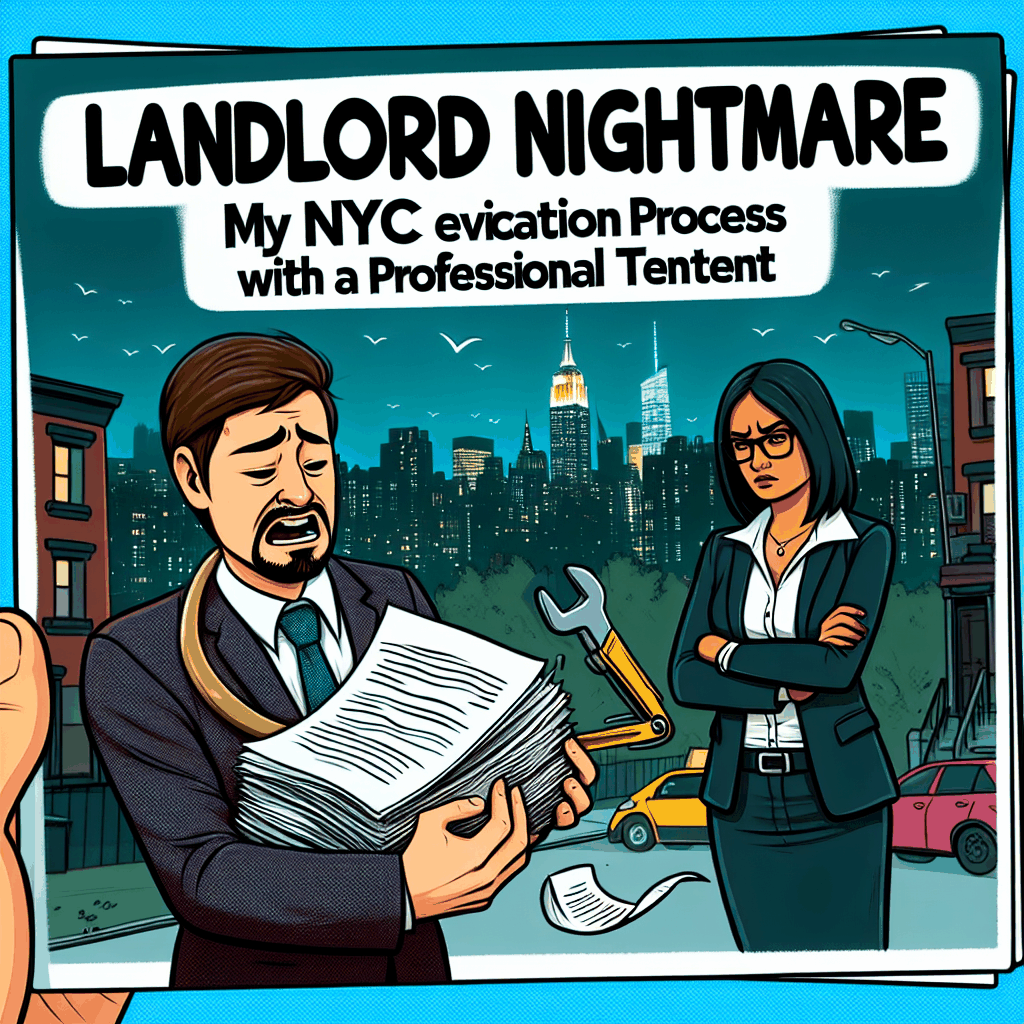An Introduction to the Potential Issues in Older Homes
Older buildings often promise a unique charm and history that new constructions simply can’t match. However, potential buyers should approach their dream vintage homes with an informed mindfulness. These properties can carry an array of predictable defects and outdated components due to aged construction materials and methods. Understanding common problems in older buildings plays a key role towards making well-informed buying decisions, ensuring the charm doesn’t turn into a never-ending rampage of renovation and repair.
Lead: A Hidden Danger in Older Homes
Toxic metals like lead were common in constructions pre-1978. This dangerous substance found its way into household paint, plumbing fixtures, and even gasoline. Today, lingering lead-based paint and plumbing structures can pose serious health hazards if not mitigated properly. While homes constructed after 1978 are generally lead-free, the ones built before this period can still harbor this harmful metal. Symptoms of lead poisoning include developmental delays in children, difficulties with memory or concentration, joint pains, and in extreme cases, miscarriage or premature birth in pregnant women.
Asbestos Insulation: A Silent Threat
Another potentially harmful material found in homes built between 1930 and 1965 is asbestos. Largely used in insulation, asbestos fibres become incredibly dangerous once they are airborne and inhaled. The adverse health effects include lung cancer, asbestosis, and mesothelioma. Buyers should never attempt to remove suspected asbestos themselves; it must be done by a qualified professional.
Energy Inefficiency in Older Structures
Older houses often lack modern energy efficiency features which can lead to significantly increased utility bills. Single-pane windows, inefficient appliances, and insufficient insulations contribute to fast heat loss. Leaky ductwork adds to the energy inefficiency making these homes less comfortable to live. It is beneficial to have an energy audit conducted prior to purchasing an older home, to understand potential renovations for better energy efficiency.
Forgotten Buried Oil Tanks: A Potential Environmental Hazard
Before modern heating options became commonplace, oil was a standard heating fuel source. Consequently, many older homes have buried oil tanks that have long been forgotten. Unfortunately, these overlooked artefacts can turn into a potential environmental hazard, causing soil contamination through leakage. Buyers should always have a thorough land survey conducted to ensure no buried oil tank is present, or if one is found, it’s removed promptly and safely.
Obsolete Electrical Components: High Safety Risks
Outmoded electrical systems in older buildings pose significant safety and fire risks for the inhabitants. From dangerous wiring practices, such as aluminum wiring or knob-and-tube wiring, to lack of essential safety features like ground-fault circuit interrupters (GFCIs) and grounded receptacles, these obsolete components need immediate attention and renovation when purchasing an older home.
Wrap Up: Moving Forward with Older Homes
Though historical charm and aesthetic allure of older buildings are undeniable, they come with potential safety hazards and environmental risks which should never be overlooked. Prospective buyers should always opt for a comprehensive professional home inspection before making the final purchase decision. Being aware of the common pitfalls, and having them addressed properly, can turn your dream vintage home experience into a safe, rewarding journey rather than a nightmare of endless repairs.
SEO Powered ByBreakout Content AI




